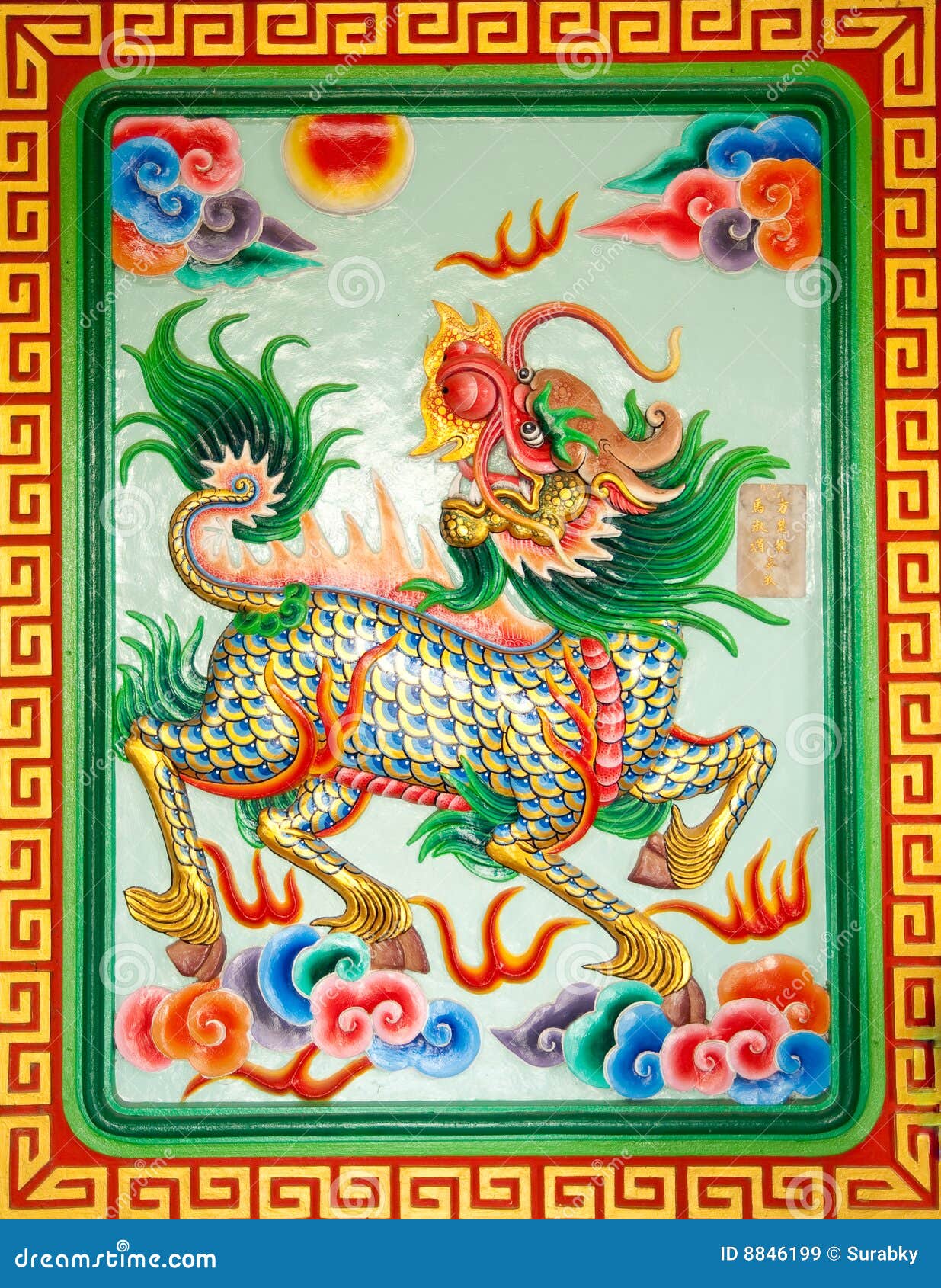


Colloquially, the term "fairy tale" or "fairy story" can also mean any far-fetched story or tall tale it is used especially of any story that not only is not true, but could not possibly be true.

In less technical contexts, the term is also used to describe something blessed with unusual happiness, as in "fairy-tale ending" (a happy ending) or "fairy-tale romance". Prevalent elements include dwarfs, dragons, elves, fairies, giants, gnomes, goblins, griffins, mermaids, talking animals, trolls, unicorns, monsters, witches, wizards, and magic and enchantments. Fairy tales may be distinguished from other folk narratives such as legends (which generally involve belief in the veracity of the events described) and explicit moral tales, including beast fables. In most cultures, there is no clear line separating myth from folk or fairy tale all these together form the literature of preliterate societies. Such stories typically feature magic, enchantments, and mythical or fanciful beings. 1865 illustration of Hop-o'-My-Thumb and the ogre by Alexander ZickĪ fairy tale (alternative names include fairytale, fairy story, magic tale, or wonder tale) is a short story that belongs to the folklore genre.


 0 kommentar(er)
0 kommentar(er)
